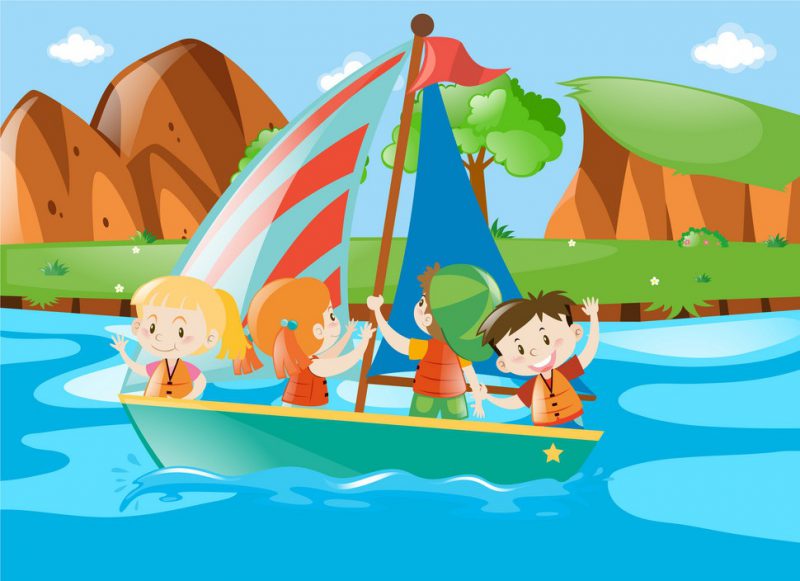
Deciding to homeschool your child or children on land is a massive decision. Not only are you choosing to be responsible for the educational success of a child it’s YOUR child. And then homeschooling on a boat further increases the challenge.
Concerns over your abilities may arise in addition to fears that boat schooling may inadvertently damage your child. Issues that come to mind initially concern the small space, lack of consistent internet connection, difficulties with ensuring socialization, and the transient nature of boat life.
In this article, I’m going to walk you through why homeschooling on a boat is hard work so that you know how best to navigate the turbulent schooling squalls. But keep in mind while reading, I ultimately feel that that there is nothing more beneficial, rewarding and ultimately inspiring, for all parties, than the ability to homeschool your own child/children on your boat.
Throughout I offer tips to enable you to be more proactive and hopefully better preparedI’ll finish off with some of the invaluable benefits of homeschooling on a boat so to offer a balanced idea as to the lows and highs of boat schooling. And as always, realize that this is my personal take on homeschooling. Everyone brings something different to the party. I only share my experience in the hopes that it better sets your expectations, allows you to see the bigger picture and provides a focus on how awesome having kids on a boat truly is.
10 Reasons Homeschooling On A Boat Is Challenging1. A routine is hard to maintainThere are different types of cruisers. Some find an anchorage and stay put for the season making it easier to create routines. Most blue water cruiser families, however, move every few days perhaps staying for a couple of weeks at most.
Due to the nature of sailing, the weather is a massive factor. If you have to leave at 8 am to get the best wind, everyone is preparing to make way rather than getting the books out. Furthermore, it takes quite a bit of time to get anywhere. Most of our sail durations last for a good chunk of the day, if not the whole day. By the time we get to where we’re going everyone is too tired to do schooling. Also, getting internet changes as you move – that is if you rely on the internet for coursework.
In one anchorage you may have had a signal and in the next, it might not work Tip: Consider using the internet for coursework but don’t make it the core of what you do. Use the internet as something you can add in addition or instead of book work. That way when you can’t use the internet it’s not a big issue.
For example, Sienna and I watch Crash Course History on YouTube after each chapter that we read in our The Story of the World homeschooling book. At times we don’t have the internet so we just don’t watch it. For Math Sienna does worksheets from Math workbooks when we’re not connected. When we can get a connection she uses WhizzMaths. By being flexible it provides Sienna with variety yet all bases are covered.
Tip: Take time to contemplate whether you still need to make use of weekdays and weekends, months and years. It’s going to initially sound crazy but once you’re out sailing you lose the need for knowing what day it is. For us, we still like to do school five days a week (Mon – Fri) and take the weekend as a break. We, however, don’t see the benefit of taking the summer off. Therefore, we teach all year round but when we sail, we take the day off without having to make it up on the weekend.
Once you move onto your boat you can make your own rules 2. There’s usually no set place on a boat that can be made into a study area and left as isEducationalists say that an important part of homeschooling is routine and consistency. Ideally, you want your child/children to be able to put their school hat on, sit in an area dedicated to learning and allow them to have access to all their resources.
On a boat that’s very difficult to doFirst of all, there’s very little space for resources so only the necessities are on board. Second, the books, pens, learning materials and so forth can’t sit out as they’ll be thrown all over the place when you sail. All coursework related items have to be put away after each use. Third, you may start off on the saloon table at 8 am but when a repair guy shows up or your neighbor stops over to say ‘hi’ or friends/family are on board and want to make breakfast you’re often forced to move into another cabin.
Tip: If possible find one space where you can keep all the coursework so you don’t have to hunt around for it all over the boat. I keep Sienna’s books, writing utensils and other resources along our saloon bookshelf. All lose items like pens, markers, glue and so forth I keep in a Tupperwear box with her books.
Tip: If you do have guests onboard make in it known that you have a homeschooling routine. Explain what you do, how you do it and inform your guests on how they can best support you. I tell everyone that Sienna and I do homeschooling from 8 am to 11 am. During that time if they can be quiet in the saloon and hang out on deck I’d appreciate it.
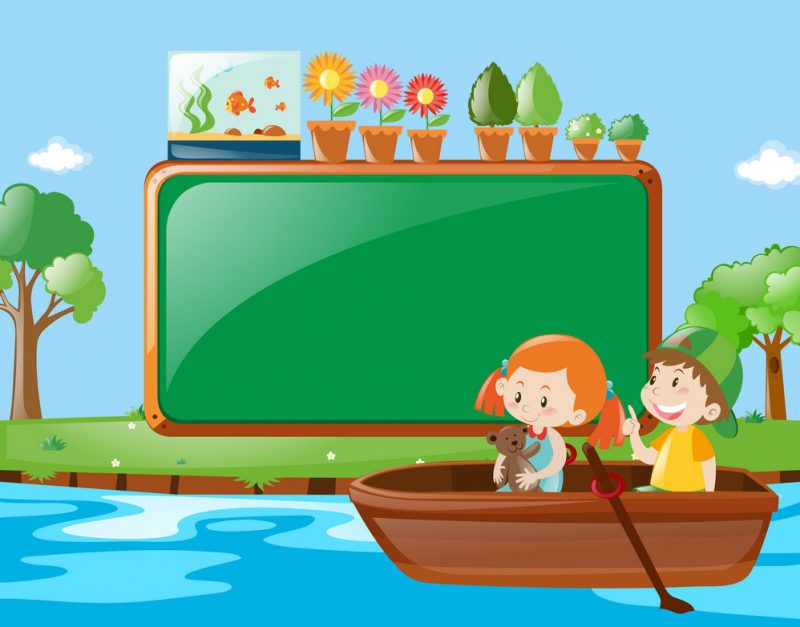 3. There are no steady homeschooling on a boat groups you can meet with
3. There are no steady homeschooling on a boat groups you can meet withOn land, there are all sorts of homeschooling groups that bring children together for joint learning or extra-circular activities. For example, parents may band together and each specializes in an area of learning so that little Tommy can go to one homeschooling house for Math, another for Music and so forth. And of course, there are planned outings just to get the kids together to perhaps learn a bit and play a bit.
From the learning side of things, the blue water cruiser life is too transient to set up a routine group. Children are always coming and going. Perhaps during a ‘winter season’ or ‘hurricane season’ when boats don’t move as much, there are opportunities to meet with the same kids over and over again.
There are always opportunities for children to do their own work next to other childrenI often give Sienna her coursework and she’ll bring it to a friend’s boat to do. And at times there might be a shared learning opportunity due to the nature of our lives being a constant adventure. I remember we buddied up with another boat, took all the kids into the Mangroves and had a long discussion about the benefits of Mangroves. Afterward, we asked the kids to create a presentation for us. It was an amazing experience for all involved.
For the most part, however, it just works out easier for the kids to get their coursework done in the morning and then have the rest of the day to play. One of the main reasons why land-based parents look to homeschooling groups is for social interactions. With boat life, as long as the parents make a concerted effort to find other kid boats, there will rarely be an issue with social opportunities. If anything, there are too many social options!
4. Getting homeschool supplies can be difficult You really have to plan and be organized. Whenever I go back to the States or the UK I have a list of all the books and resources I want to bring back to the boat with me. At times I forget something and then I have whoever is coming to visit next bring out a book or two. Or if another boatie is flying to the mainland I ask for them to bring me some books.
For months I couldn’t get a ‘normal’ lined notebook. On the French Islands, they write using graph paper rather than lined paper so I just had to wait until we went to a non-French island. And it once took me a month to find glue for a project.
The things we take for granted while living on land!Having things shipped or mailed to you in remote places can be hit or miss. You might get what you ordered and you might not. It might take a week or it could be months.
And it’s necessary to have a printer for projects and printing out extra worksheets. The only issue is that it could take ages to find cartridges when you run out. And if you change ‘zones’ you simply cannot get cartridges. For example, we purchased a printer in Corfu, Greece. After a season we crossed the Atlantic and spent time in the Caribbean. Since we changed zones the exact same printer cartridges no longer worked in my printer – they’re programmed not to work. So…my printer became useless.
Tip: When getting homeschooling workbooks flip through them to see what items will be required for experiments or in addition to normal pen and paper. When I purchased an ‘Art History’ pack I went through each module, made a note of the materials required and made a list of supplies to get. You only want to carry what you ultimately need. Otherwise, you’ll have supplies sitting around taking up necessary space! I also made a list of artists so I could download biographies from YouTube onto a hard drive.
5. Interruptions are far more difficult to control and/or avoidAnchorages are busy places. Something is always going on. There’s a boat dragging or someone is anchoring too close. Friends have just arrived and are coming over to say ‘hi’. Someone might be knocking on the hull of the boat to find out where the closest bakery is.
And a huge amount of time is used fixing things on the boat. When things break, floorboards come up, cushions are piled all over the place and the tools come out. Boat neighbors come over to help out. Before you know it half the day is gone and very little schooling has been accomplished.
Tip: Teach your child to be flexible. Do some learning in the saloon, take the books to land and find shade under a tree or head to your bedroom and close the door. I often get Sienna to visualize different spheres to put herself into when she’s studying particular topics. For reading, she visualizes a rainbow sphere, feels excited about the adventures she gains in her mind and is relaxed and peaceful. No matter where we are I have her consciously visualize her sphere before we start. It seems to get her into the right frame of mind before we start work regardless of what’s going on around us.
6. Homeschooling on a boat takes a lot of time. So does cooking on a boat, cleaning on a boat and so forth.
Everything on a boat takes a lot of time. There are few modern conveniences Since everything takes a lot longer to do on a boat it will seem as if you’re only doing three main activities – cooking/provisioning, cleaning, and homeschooling. Notice that I’m not even mentioning sailing!
Just to give you an idea of tasks taking a while, provisioning (getting food) takes at the very least a 1/2 day to do. You have to get in the dinghy, go to shore, find the grocery store, load up and head back. It may seem like it’s quick and easy but it’s not.
When you cook there is only so much space to prepare so you’re often spending more time moving things around to get to other things. Ready meals are not common in the tropics so you’re more often than not cooking from scratch. The stove/oven is too small to hold all the pots so you have to cook one thing after another. And no boat stove/oven works fast or get’s hot quickly.
And of course, there are the dishes to do after you eatRegarding cleaning, when you get the boat finally looking great someone will inevitably walk through with sand all over their feet. And heck, all it takes is one small project to make the boat a mess in seconds.
I suppose it’s the nature of boat life. Things that take an hour on land will take at least two hours – more likely five on a boat. Homeschooling on a boat is the same. We’ve had plenty of days where it’s late afternoon and we’re still not done. What gets in the way of homeschooling? Cooking, eating, cleaning, boat projects, visitors, commotion in the anchorage, having to sail somewhere, melt-downs and more…
Tip: Drop the concept of having to get everything done. Drop the idea of productivity. Instead, go with the flow and focus on each task as you do it. It is what it is. Everything taking a long time is part of boat life so accept it and have an easier time or fight it and be miserable. In boating life, you no longer have to be super-mom or super-dad. You just have to be present. Isn’t that one of the reasons you’re getting into boat life anyway?
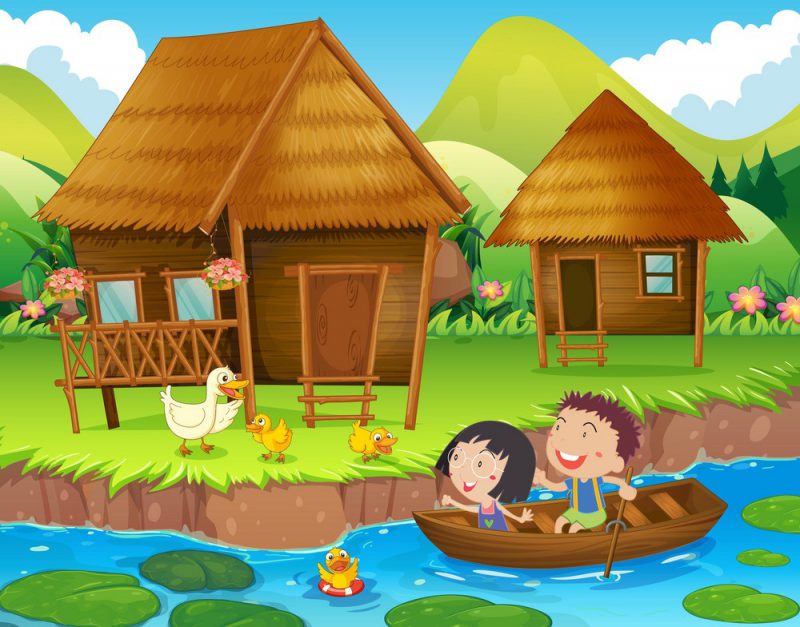 7. We usually don’t have the materials required to do experiments or extra actives often suggested in workbooks
7. We usually don’t have the materials required to do experiments or extra actives often suggested in workbooksQuite a few of our course books offer experiments, recipes, and activities to perform but we rarely have the supplies to complete them. On land, we had rooms filled with all sorts of stuff. And if we didn’t have what we needed it was only a five-minute drive over to Walmart to get them. When you’re on a boat in the Tropics it might be possible to go to land to get what you need but is it worth the 1/2 day journey to do it? Usually, it’s not.
Tip: A wide variety of experiments are done by kids on YouTube. And for some reason, the current generation loves to watch other children do a wide variety of tasks – unwrap gifts, play video games and play with dolls. I know it’s not ideal but instead of your child actually performing an experiment you can have them watch someone else do it. And there are apps that allow you to download YT videos and save them to a hard drive.
8. If your child needs extra tutoring it’s not easy to findThis topic is close to my heart. Our daughter is Dyslexic so we’ve been challenged to extremes. Dyslexia is a situation where the brain processes reading/writing differently than the norm. Sienna is almost 10 years old and only reading at a 6-year-old level. And this is despite using Dyslexia-based resources and spending one-on-one time with her every day. Not only have my husband and I had to learn how to be teachers but we’ve had to learn how to be special education teachers.
From time to time we come across teachers on other boats. We’ve been provided with some assistance but like I mentioned before…this life is so transient. People come and go. And there are remote groups you can join on FaceBook or organizations that offer coaching.
All parents want their children to grow up to be successfulIf you get out on the sea and realize that your child doesn’t learn the standard way it can be very difficult to determine what’s best for him or her. At one point we almost returned to land to provide Sienna with ‘better’ resources. After a lot of research, however, we decided that we were the best resource she could get. What’s better than two parents who love and care for their child that provide one-to-one non-stop support?
Tip: If you have fears that your child may have a learning difference, you can get an educational assessment from a trained psychologist. When we last went to the UK, we took Sienna to a specialist. It cost us 795 GBP (about $1,000) for a psychologist to spend a few hours testing her and then providing us with a 35-page report on exactly what she’s good at and where she’s having issues. It might seem like quite a bit of money but the information we learned was invaluable. We now know exactly where her difficulty is and what to do to support her best.
9. There’s little to no peer pressure when homeschooling on a boat I’ve come to the conclusion that some children do well in school because they’re in an environment where they’re forced to sit and learn. When I say ‘forced’ what I mean is that there are rules – written and unwritten about how to behave. Teachers will ask children to be quiet and they obey. Not only because the teacher is an authority figure but because they don’t want to risk being made fun of by their classmates.
If everyone is working on a project it’s likely that your child will join in rather than not. On a boat, there are no other kids to put pressure on your child/children.
Peer pressure can be a very good thingTip: What we find works well is to set up play dates in the anchorage but only after school is finished. If all kids know that they need to get their schoolwork done to play there is often enough pressure there to help see them through.
Tip: Ask older boat kids if they will come over and help your child. It’s amazing how kids will help other kids. Our daughter seems happy to read to older kids, taking in corrections, easier than with us. There is certainly positive peer pressure out there – you just have to figure out how to make it work for you and your child/children.
10. It’s not very enjoyable to do homeschooling while sailingDespite every sailing parent’s best intentions it’s just not practical to think that you can do homeschooling while sailing. Sure, you can read the history book or you can discuss various topics but to sit at the table and do a normal routine of homeschooling while sailing is not realistic.
Most people don’t feel that great when they are sailing. And trying to do anything with fine motor coordination, like writing, while being thrown around on the waves is not fun. There are two major things that kids don’t like on a boat – one is homeschooling and the other is long passages.
If you try and put them both together it’s a recipe for disaster We never do homeschooling when we’re sailing. We do, however, read books, play educational games and enjoy our iPads! When we miss a day of school due to sailing we don’t ‘punish’ our daughter by telling her she has to make it up on the weekend. Due to the fact that we get through so much material because it’s one-on-one, and we do schooling year-round, she’s a couple of grades older anyway.
Our approach is to make our homeschooling on a boat sessions valuableWe’re all learning, enjoying the material and creating meaning around it. If we miss a few days out of the month it’s no big deal. And when we do long passages, say an Ocean crossing again it’s no big deal. We do homeschooling year round so what she might miss during day sails she makes up over the year.
But what else do children get from boat life above and beyond homeschooling on a boat?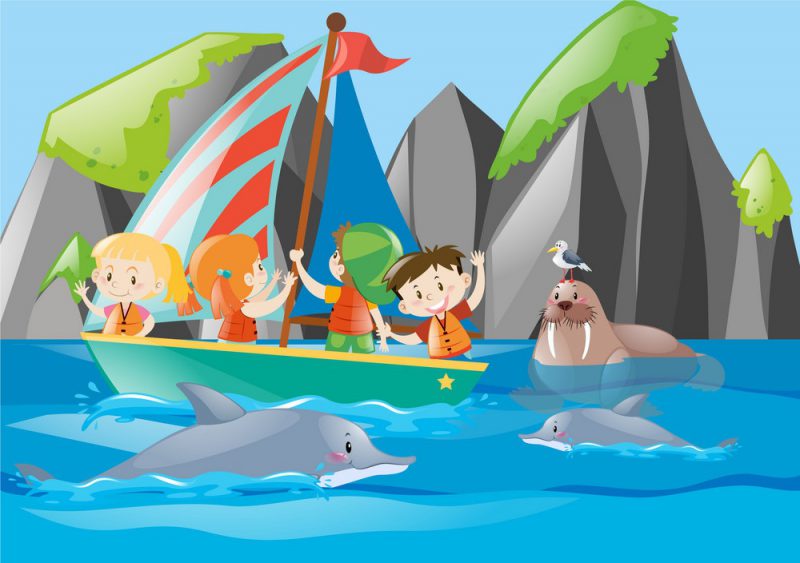 1. More learning is done during non-class time and no planning required!
1. More learning is done during non-class time and no planning required!Due to the nature of our lifestyle we explore, and learn, every day. What do we come across? Different wildlife – dolphins swim along with the boat, whales pop their heads up and look at us in the cockpit, eagle rays jump out of the sea to say hello. And that’s all from the comfort of our living room (cockpit). When we go snorkeling there’s a whole new world of underwater life that’s exciting every time we go. We have reference guides on the boat so we can put a tick on the fish and mammals we see and learn more about them. On land, we do the same.
What else?New cultures, foods, music, architecture, traditions, holidays and histories. Imagine seeing a different country every few weeks or months? Hearing stories from locals, soaking up the atmosphere of the towns and visiting areas of natural beauty or historical significance.
And then there’s learning about weather systems, the dynamics of sailing, troubleshooting, teamwork and in our case our daughter is involved in our sailing business so there’s even entrepreneurism.
On land, people tend to have the same routines doing the same things day after day. Learning mainly happens during homeschool or on extracurricular actives like going to a museum. On a boat every day is different and new material is constantly put in our path.
2. Strong characteristics are highlighted continuously. Teamwork, kindness, helpfulness, communityBoating life is a very social life. When you’re out at sea, on anchor or in a marina boaters work with each other regardless of the fact that they may have not met yet. If another boater needs help and you’re around, you help. There’s no hesitation. Anywhere in the world, you feel a strong sense of community. Boat friends help to source parts, solve problems, enjoy discussions and engage in social events.
And because boats break often there are always people around all the time.
Many of us complain about all the issues we have on a boat but the nature of boating brings people together. That’s something that is not very common anymore in the land-based society.
Because of this incredible sense of community, children learn about the importance of teamwork, being kind, helping out and working hard to ensure everyone is safe and cared for. When a boater needs help we all respond – kids and adults alike. There is no bullying because there’s no room for it. It just doesn’t work in this type of lifestyle.
3. The social aspect of time spent after homeschooling on a boat is priceless My second largest worry about becoming a boat mom was the social side of life for our daughter, an only child. (My first was education). I worried that we might find it difficult to find other children. We’ve actually had the opposite issue – I now fear our daughter is too social. Hahahaha.
I actually think it’s part of her character. Sienna loves people. She loves meeting other kids and playing – whether it’s a boy or girl, younger or older she’d rather be hanging out with other kids than doing anything else in life. And aside from when we’re on passage we almost always find at least one other child in the anchorage for Sienna to play with.
The activities that children participate in are variedThey might spend a couple of hours swimming, then explore an island and finish the day building a fort. If it rains you might find them hooked up to a network playing multiplayer MindCraft. MindCraft is like legos on a computer. The children build worlds and then play in them. It’s amazing to see six or seven kids huddled around our table all talking to each other while the play in the same world. It’s electronic “gone right” for a change.
Due to the wide variety of ages and ethnic backgrounds our daughter has a very diversified social background. She’s always learning about different religions, countries, traditions and family values. When she plays with older kids she might go for a hike. When she’s with children her own age she is often found playing dolls. And when there’s a big group you’ll find them all swimming or making a fort on a deserted island.
The children still have issues, howeverThey often work together to find solutions. The older kids might help the younger. At times parents do get involved but overall it’s a beautiful thing to watch your child grow in such a social engaging and balanced manner. It’s not just a same-sex or same-age peer group. I can’t help but feel that all kids should have the opportunity to be a boat kid.
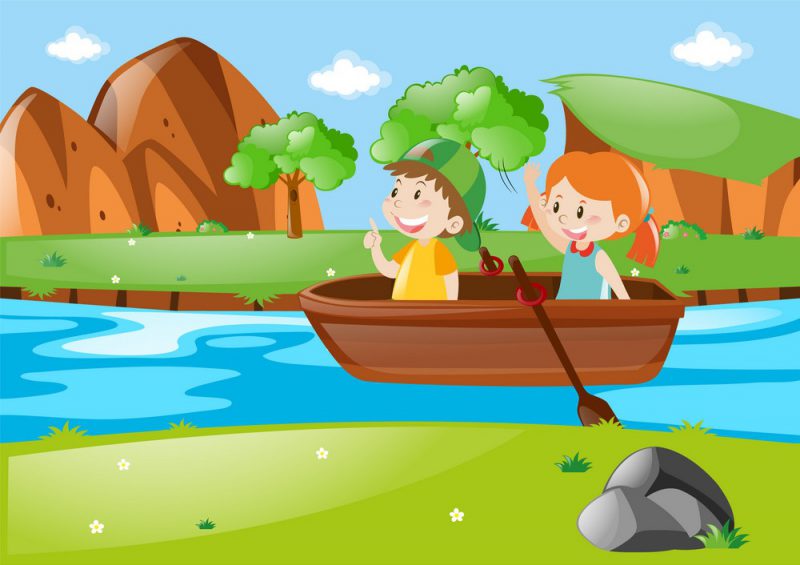 4. There are big incentives for children to getting the classwork done
4. There are big incentives for children to getting the classwork done Land kids go to school from 8 am to 3 pm. They then go to after-school sports or activities and then do homework. Boat schooled kids usually work from 8 am to lunchtime. Since there’s one-on-one support from their teacher (mom or dad) problems are solved immediately, learning is verified on the spot and there’s no need for homework.
The child knows that by noon most boat kids are ready to play. In a busy kid boat anchorage, you’ll hear kids start to make plans around noon over the VHF. They’ll either call the kids one by one or put out a general announcement like, “Attention all boat kids. At 1 pm we are going to the beach. If any kids are in the anchorage and want to join us, please come.”
After homeschool on a boat is done the kids are left to play for the rest of the dayThey play sports, go swimming, arrange hikes and spend as much time as they can enjoying the day. When dinner comes the children come home and throughout the week different boats might have a movie night on board or get all the kids together to play board games in the evening. Our daughter, in particular, loves sleepovers!
So although there is little positive peer pressure during a homeschooling session there’s peer pressure outside of it. When children know that others are waiting for them to play it provides a great incentive to get homeschooling done.
5. The lifestyle can be conducive to getting children to read. With day-long passages and no Internet, reading makes the time go byI think the key in this is that there’s often times when we have no internet. On land, there’s always a connection. On the sea, we often have Internet in anchorages and definitely on land (at restaurants and cafes), but when we’re sailing we’re mostly unconnected.
That was the case until recently. I now have a great package so I’m now connected even when we’re sailing HOWEVER I will never let Sienna know that. Long passages can go wrong if you allow the internet. Children will spend the whole passage watching YouTube videos or finding something to watch online.
As a tip, you might want to make a ‘no Internet during passages’ rule. In forces us to spend time reading, playing games in the cockpit and just having nice long discussions. Just last week I explained to everyone a book I was reading about various memorization techniques. By the end of the passage, we all effectively memorized all the super-foods, the first 10 American presidents and a variety of other things. It was a brilliant journey.
6. Children are far less impacted by the media and commercialismOn a boat, there is no live TV, news or commercials. When you ask a boat kid what they want for Christmas, they’ll say a play truck, a doll, a book or ‘I don’t know.’ Kids won’t have a list a mile long spouting off all the toys advertised on TV. Things just are not important on a boat…and the things that kids do have are enough.
There’s more time spent on imagination and play rather than the things they’re playing withThere are also very few places to buy things in the tropics. You might find a toy store every once in a while but the toys will be very expensive so you’ll offer your child the option to get one thing. When it comes to clothes boat kids and parents alike use what they have. Our clothes get bleached by the sun and dirtied by play. There is absolutely no contest about brand names or designer clothes.
As far as the news is concerned, we tune more into local news and weather wherever we are in the world rather than keep tabs on what’s happening back home. We know the big issues through a quick glance online but the news is not on in the background of our lives.
Instead of getting caught up in the current dramatic news story, we’re living life. Boat life is a lifestyle. It’s an alternative way of living life. It’s not a panacea or heaven on Earth but, for some of us, it’s a life far more worth living than the one we had on land.
In conclusion, homeschooling anywhere is hard workIf you, however, look at the big picture regarding homeschooling on a boat the pros far outweigh the cons.
What Are Your Thoughts About Homeschooling On A Boat?Please share with me and others as to what works for you and tips or suggestions below.
Join Us On BriticanIs The Bluewater Cruising Life For You? Would you like to see, first-hand, what it’s like for us to homeschool on a boat? Give the whole boat life a go – homeschooling included. Come sailing with us. Click here for more information on our
Britican Experience.
by Kim Brown



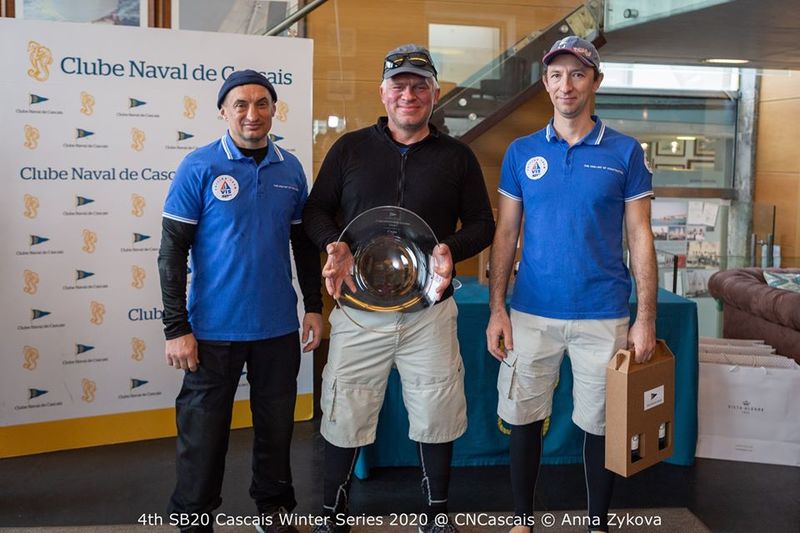
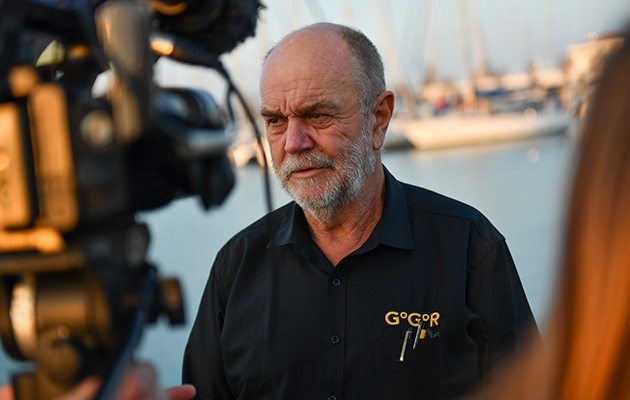
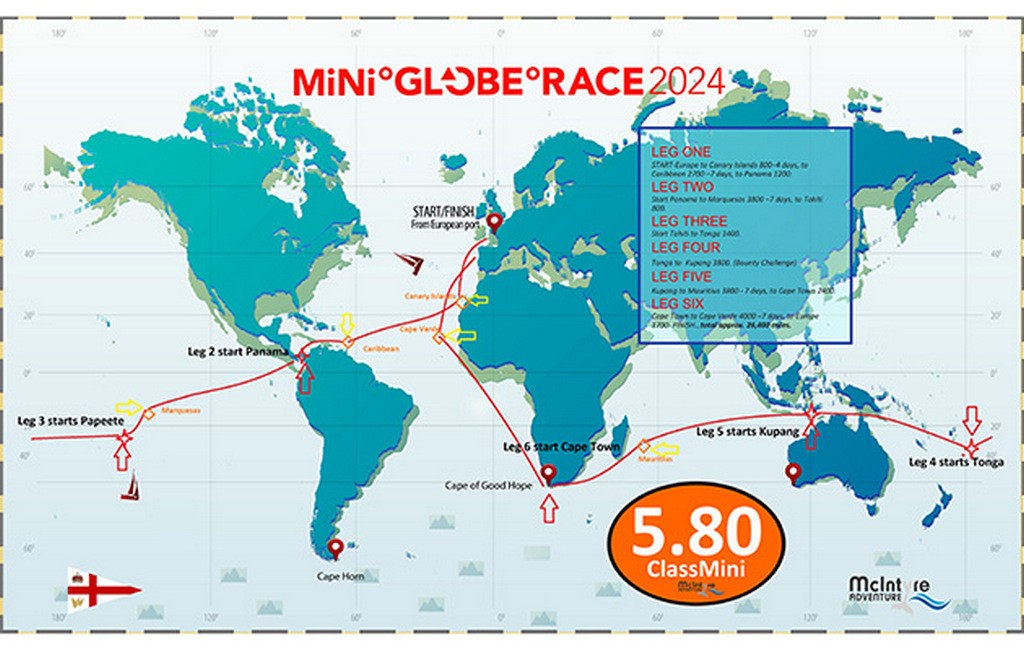

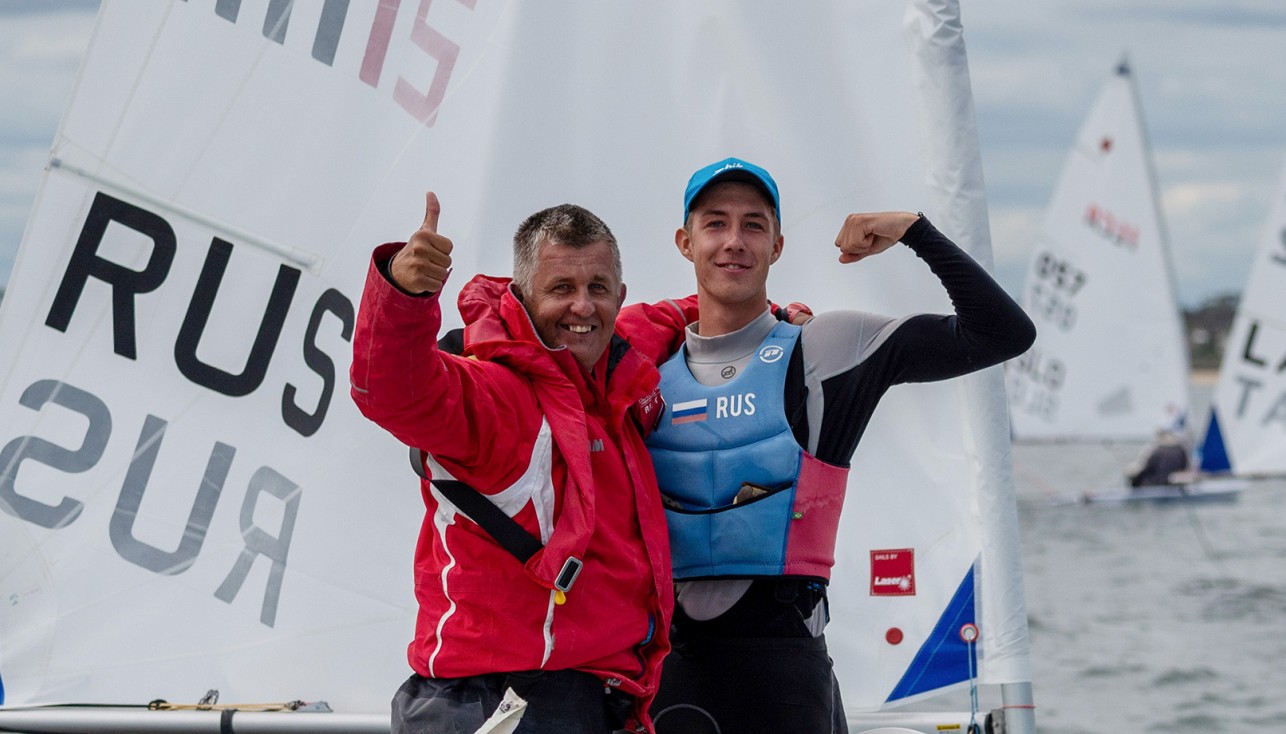

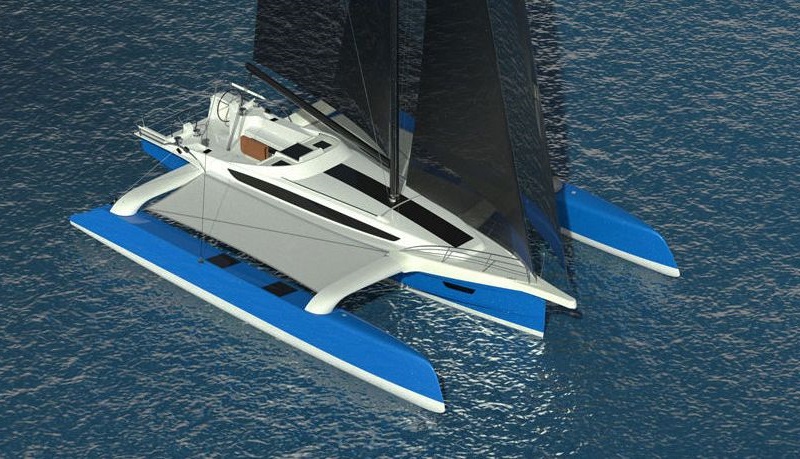
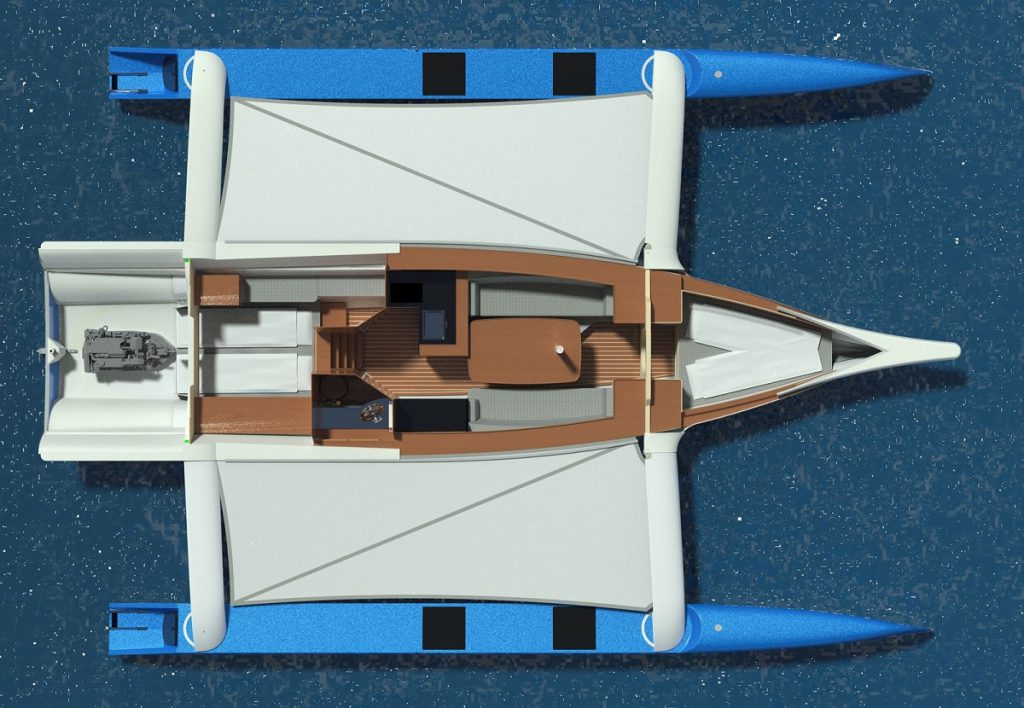
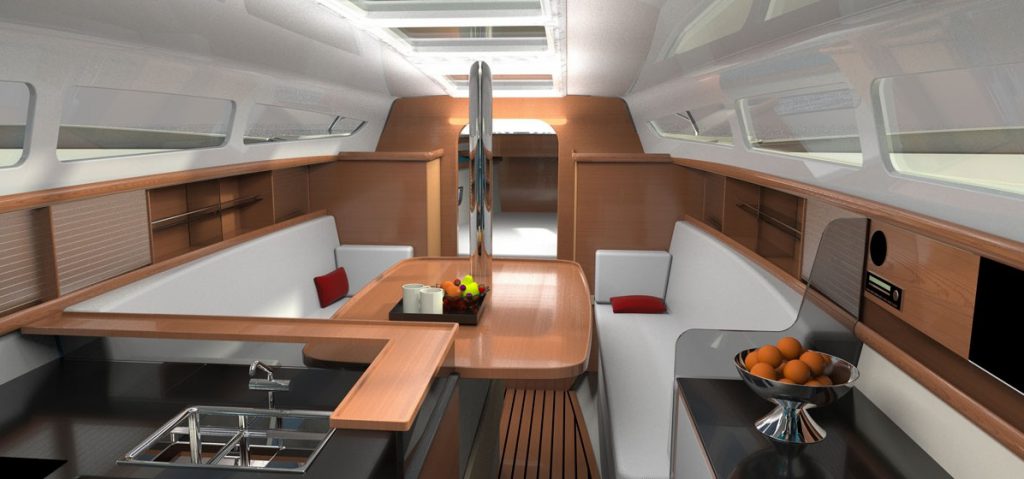
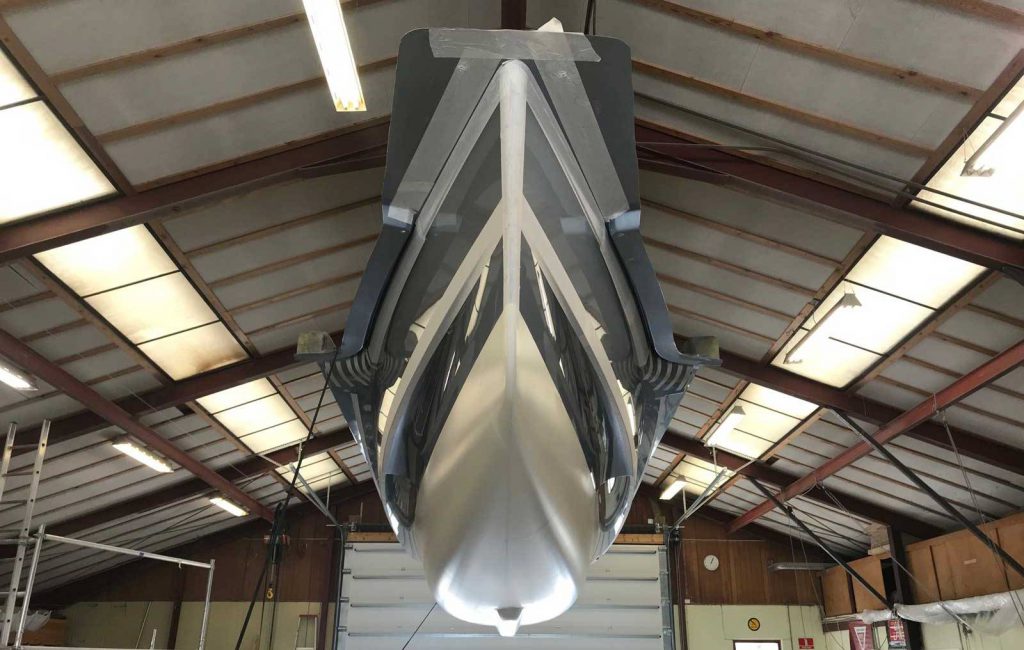
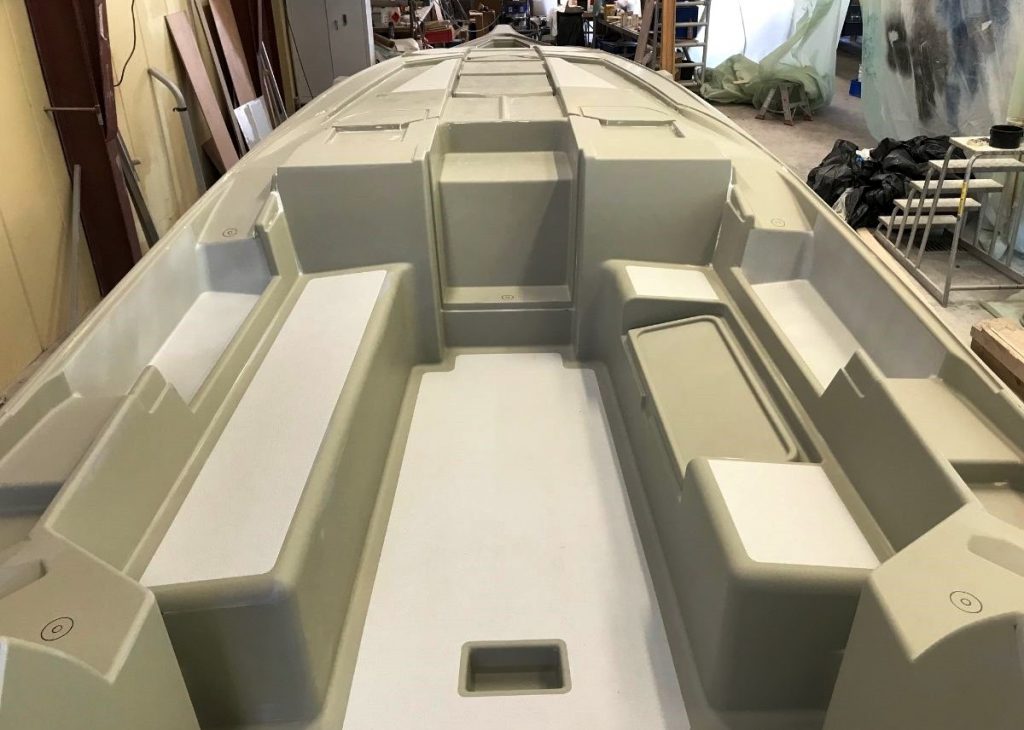
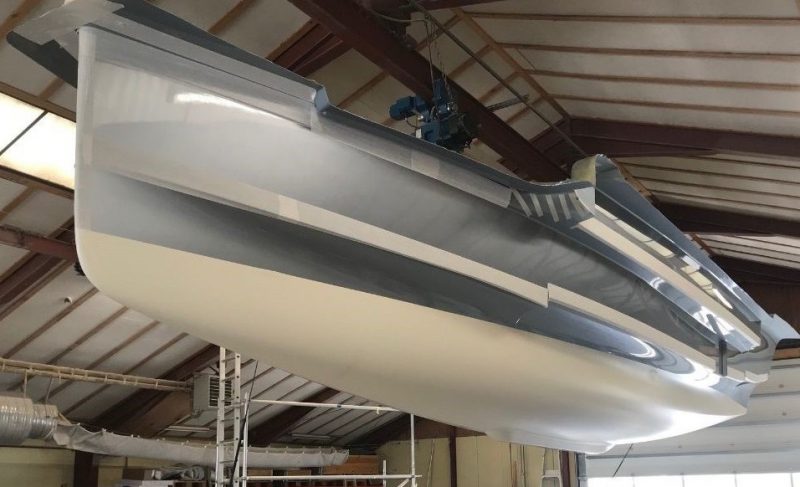
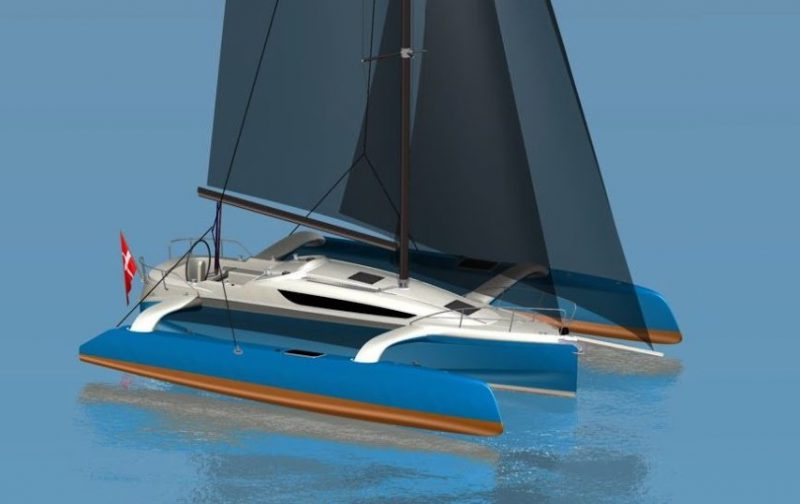
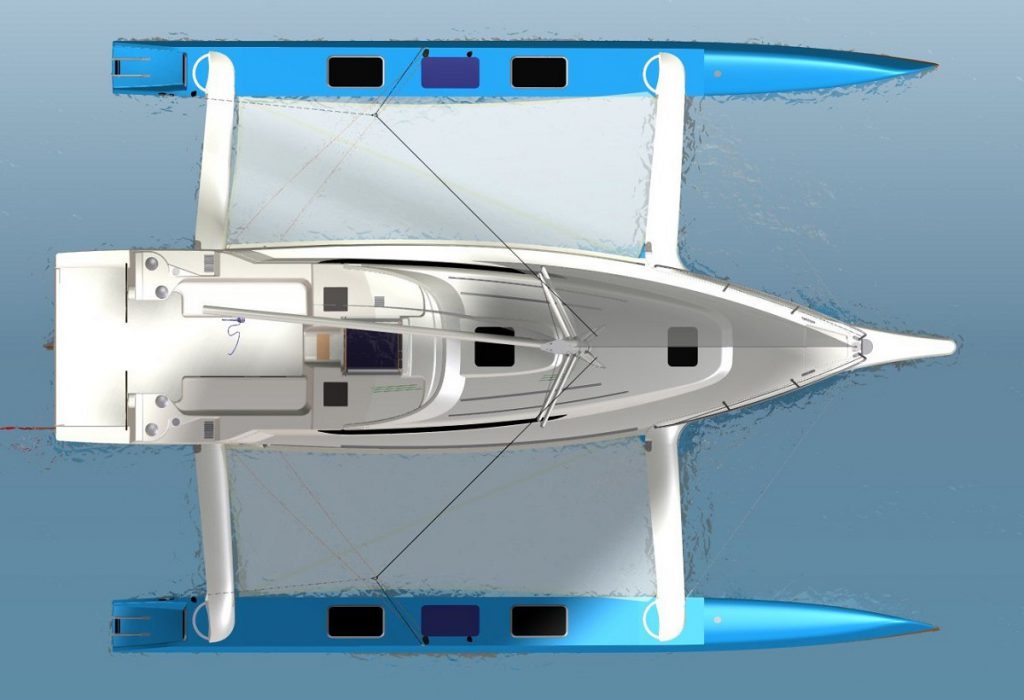
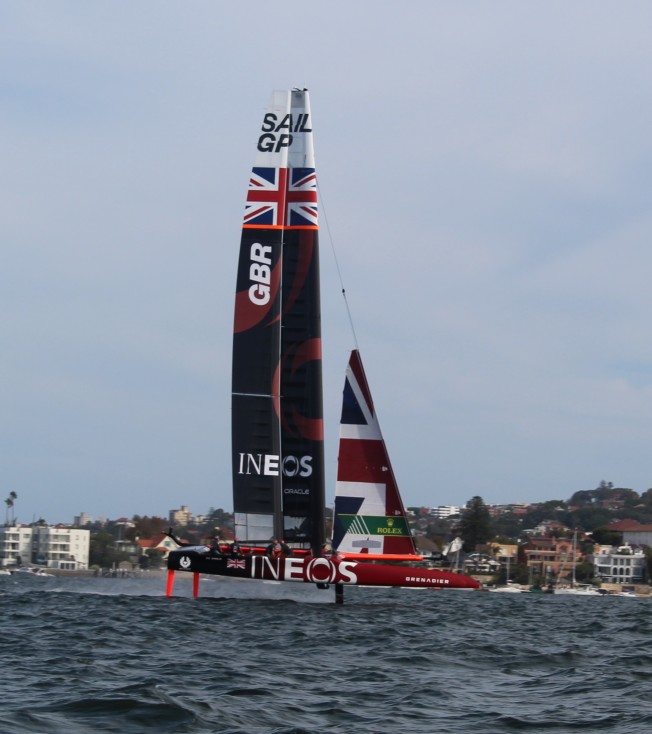
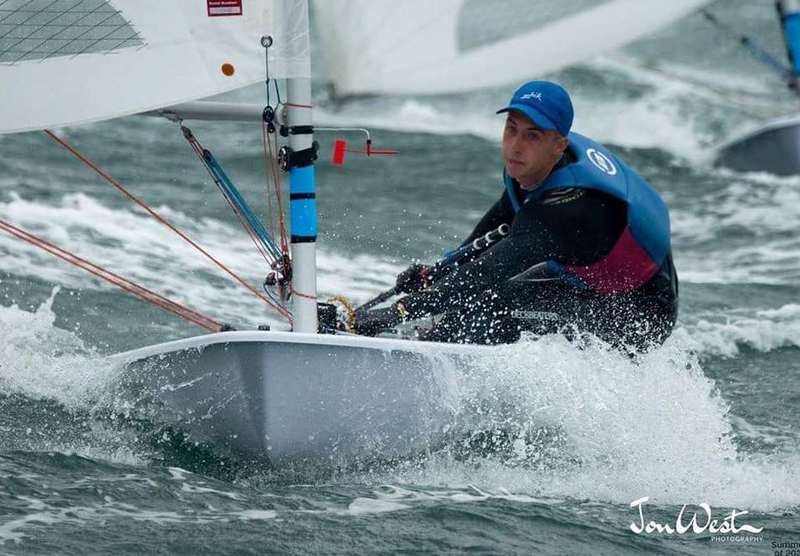
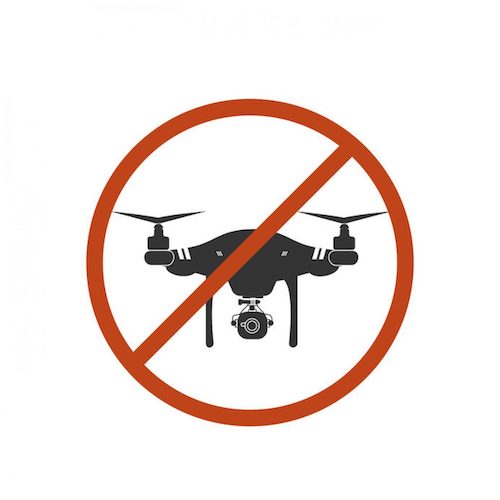











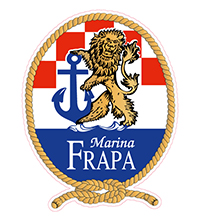
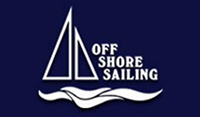
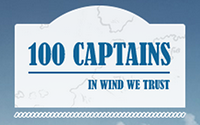

 Гостей: 525
Гостей: 525 Скрытых: 0
Скрытых: 0 Пользователей: 0
Пользователей: 0 April Fools
April Fools